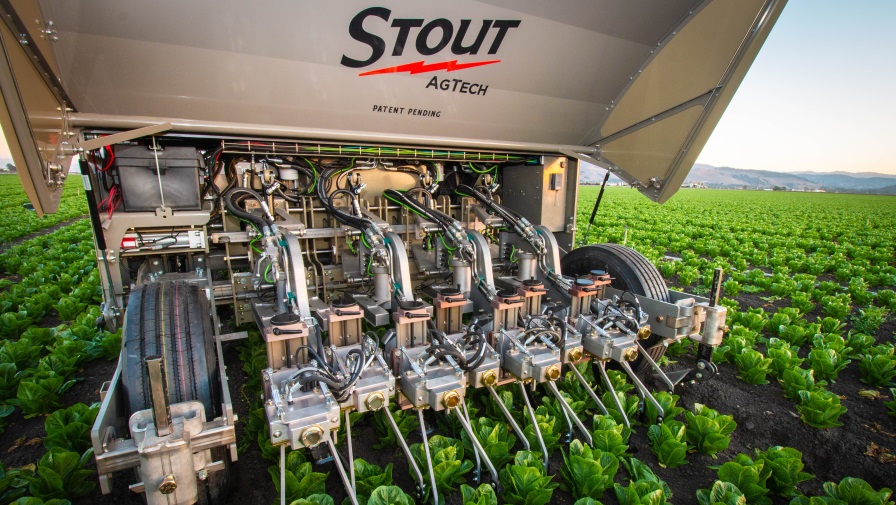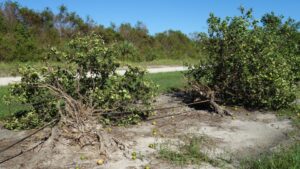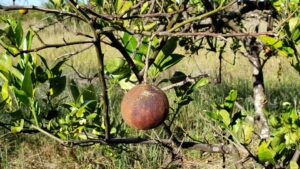Florida Citrus Community Rallies Around Promise Of Bactericides, Biotechnology
[blackoutgallery id=”131835″]
-
-
1 of 16
Squeezing In
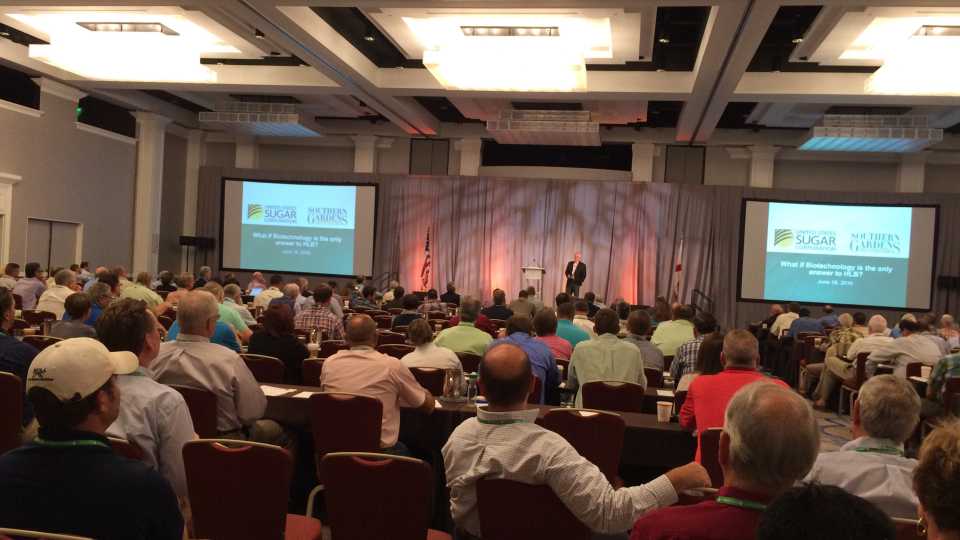
More than 600 growers and related industry stakeholders attended the 2016 Florida Citrus Industry Annual Conference in Bonita Springs. An education session agenda covering bactericides, transgenics, an informative grower panel, and an overview of incentives to replant, drew a crowd and kept them from start to finish.
Photo by Paul Rusnak -
2 of 16
Bactericides Knowledge Now
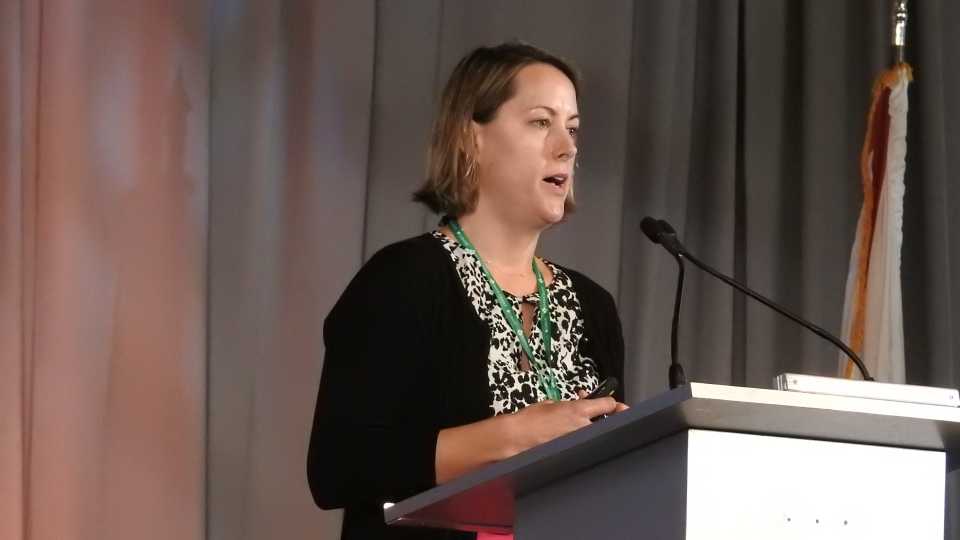
Dr. Stephanie Slinski, Citrus Research & Development Foundation Scientist, led a presentation about ongoing and new projects involving bactericides. The projects are focusing on three particular aspects: discovery, delivery, and field efficacy.
Photo by Frank Giles -
3 of 16
Taking On Transgenics
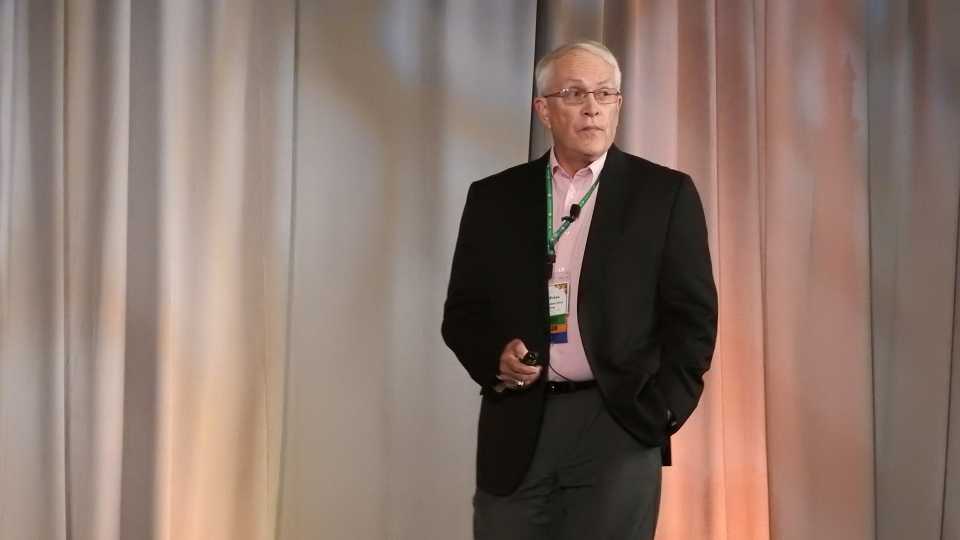
During the 2016 Florida Citrus Industry Annual Conference education session, Ricke Kress of Southern Gardens Citrus provided an update on transgenic citrus field trials. Kress says there could be biotechnology commercially available to the citrus sector in 2 to 4 years.
Photo by Frank Giles -
4 of 16
Testimonials From The Field
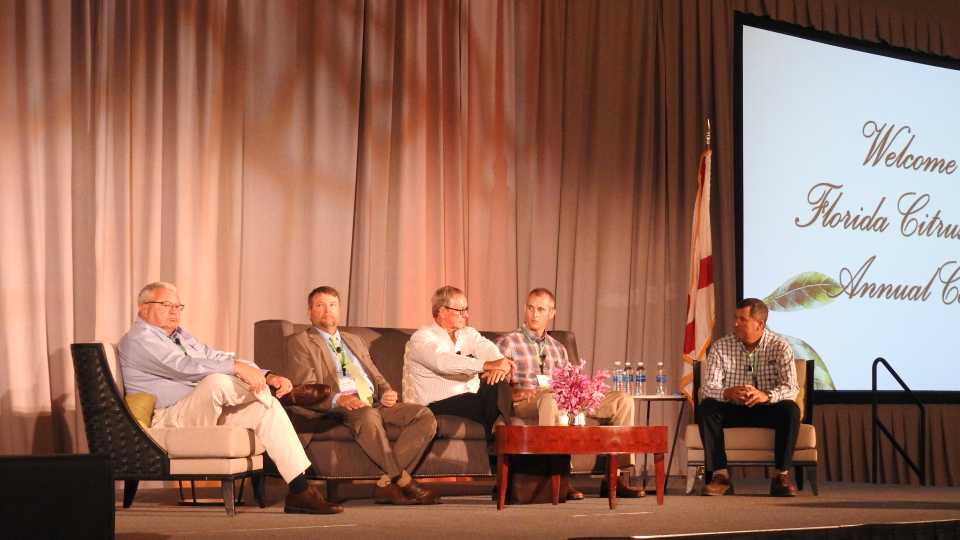
The education session featuring grower testimonials on what is working and what isn't in the era of HLB comprised: [from left] Bill Barber of Lykes Bros.; Glenn Beck of Beck Brothers; Larry Davis of Larry Davis Inc.; Daniel Scott of Scott Citrus; and Danny Sutton of Alico.
Photo by Frank Giles -
5 of 16
A 30,000-Foot View
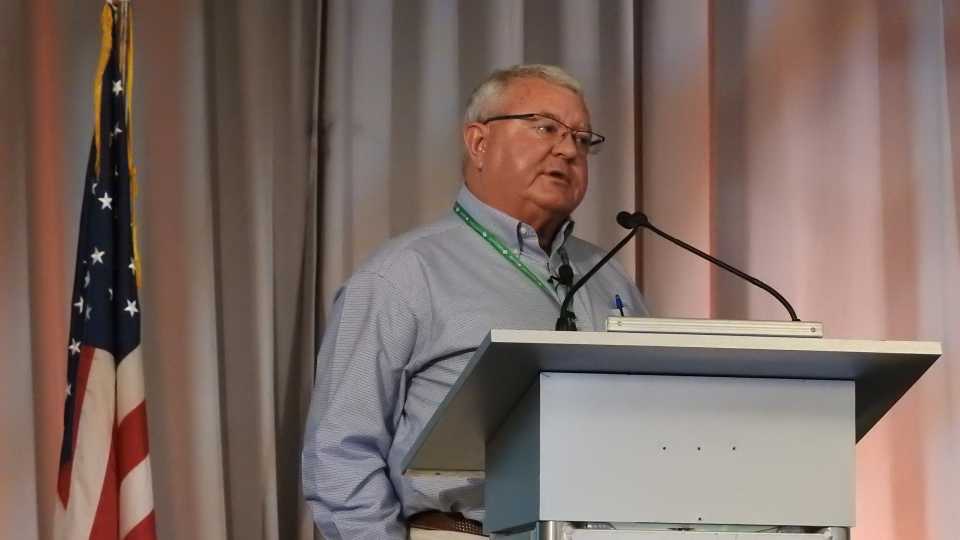
Bill Barber of Lykes Bros. pointed to modern technology, such as drones, as necessary tools for the future of citrus. He also spoke highly about integrated pest management and advised not to give up on thermotherapy yet.
Photo by Frank Giles -
6 of 16
Turning Up The Heat
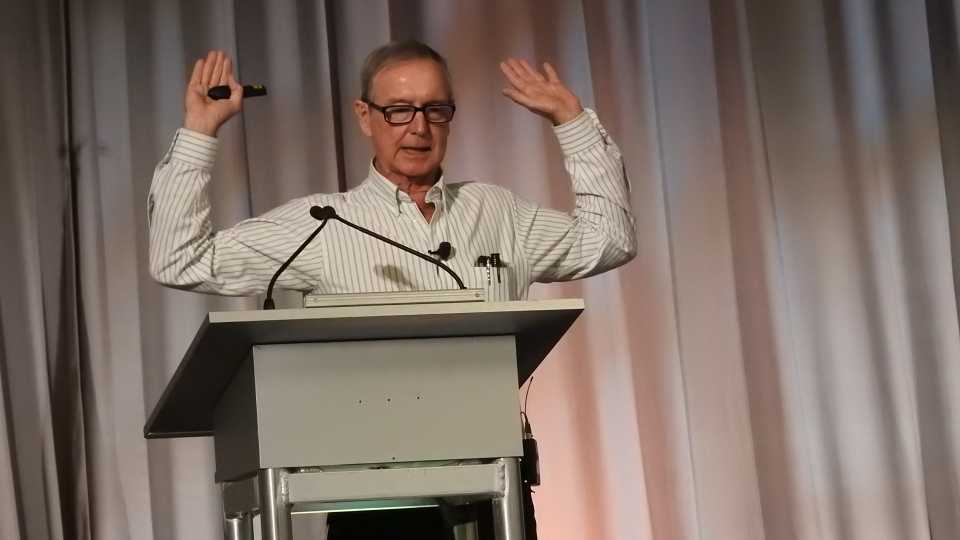
Larry Davis of Larry Davis Inc. got pretty animated when talking about what's working and what's not in the era of HLB. When discussing thermotherapy trial and error, Davis offered up the quote of the day: "I didn't kill a lot of trees, but they looked like hell."
Photo by Frank Giles -
7 of 16
A Proactive Approach
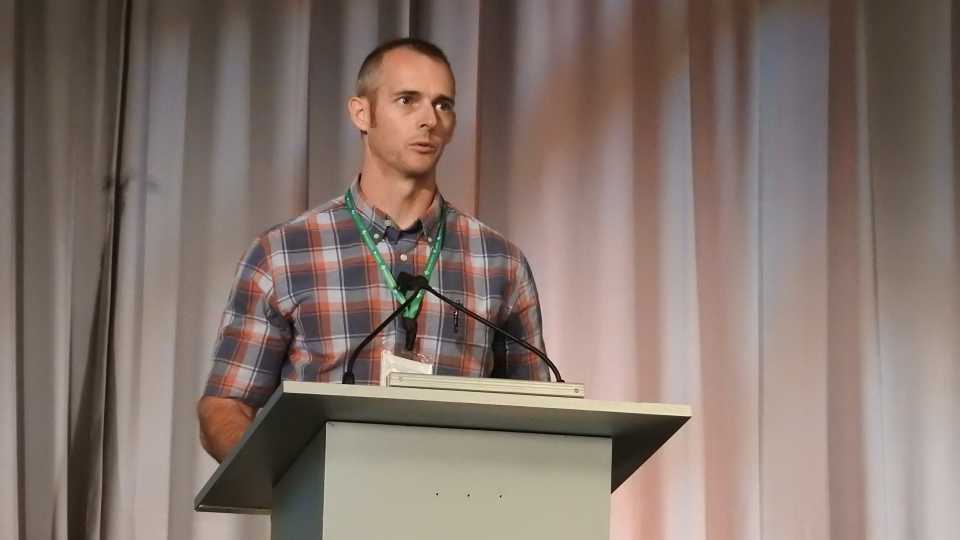
Daniel Scott of Scott Groves participated in the 2016 Florida Citrus Industry Annual Conference as a panelist on what is working and what isn't in the era of HLB. Scott said, "Growers can't wait for answers. We need to do our own field research."
Photo by Frank Giles -
8 of 16
Planting Incentives Aplenty
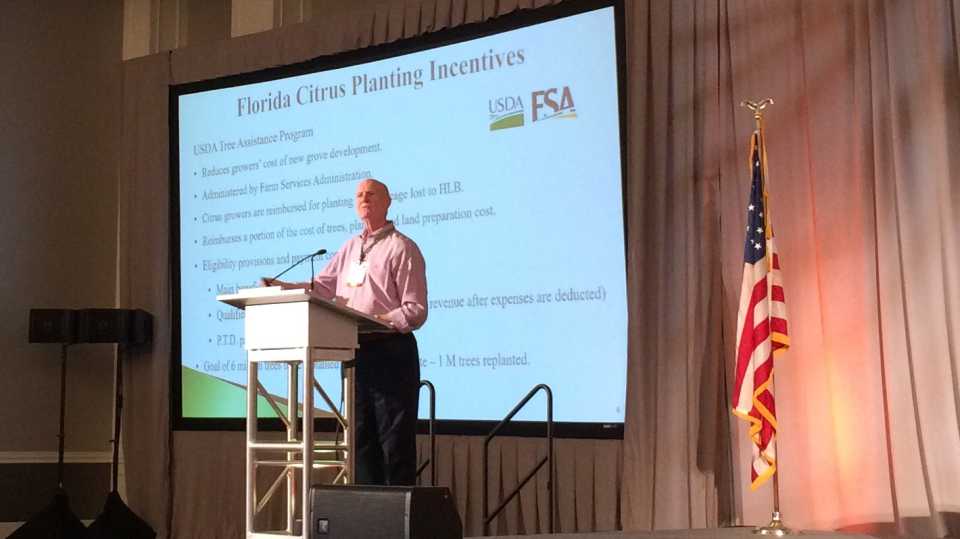
Mike Sparks, Executive VP/CEO of Florida Citrus Mutual, discussed Florida citrus planting incentives. According to Sparks, 20 million trees will need to be replanted to reach pre-HLB production levels.
Photo by Paul Rusnak -
9 of 16
Let's Dig In
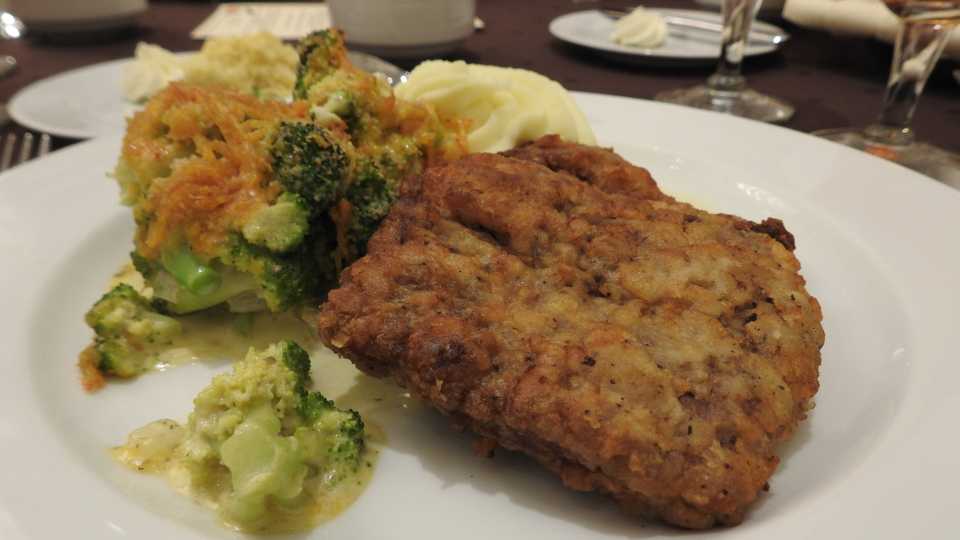
The Fresh From Florida Luncheon menu featured a black-eyed pea salad, chicken fried steak with southern broccoli casserole and mashed potatoes, cornbread with honey butter, and -- for dessert -- a mixed berry cobbler.
Photo by Frank Giles -
10 of 16
Food For Thought From The Commish
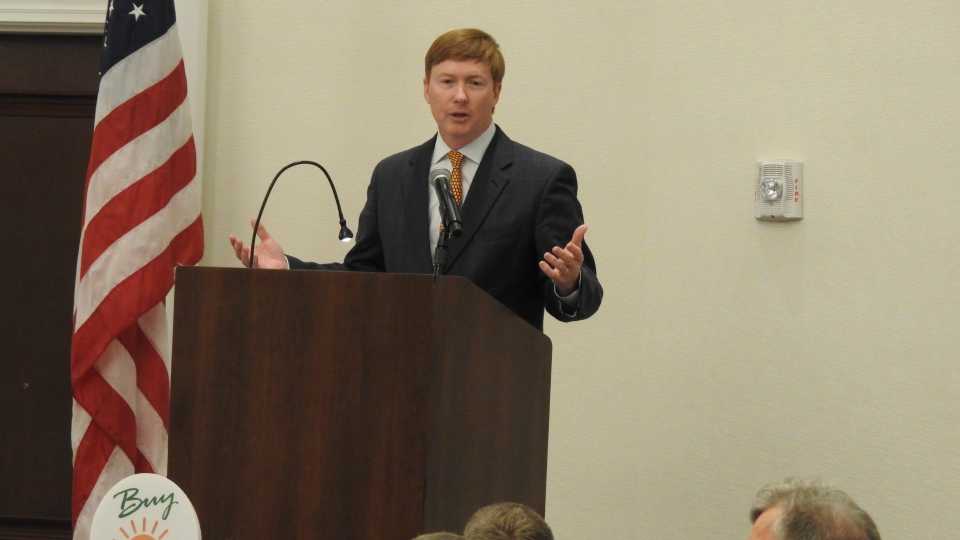
Florida Commissioner of Agriculture Adam Putnam once again emceed the Fresh From Florida Luncheon. Regarding the Florida citrus sector and HLB, Putnam said, "The answer is around the corner."
Photo by Frank Giles -
11 of 16
Let's Party!
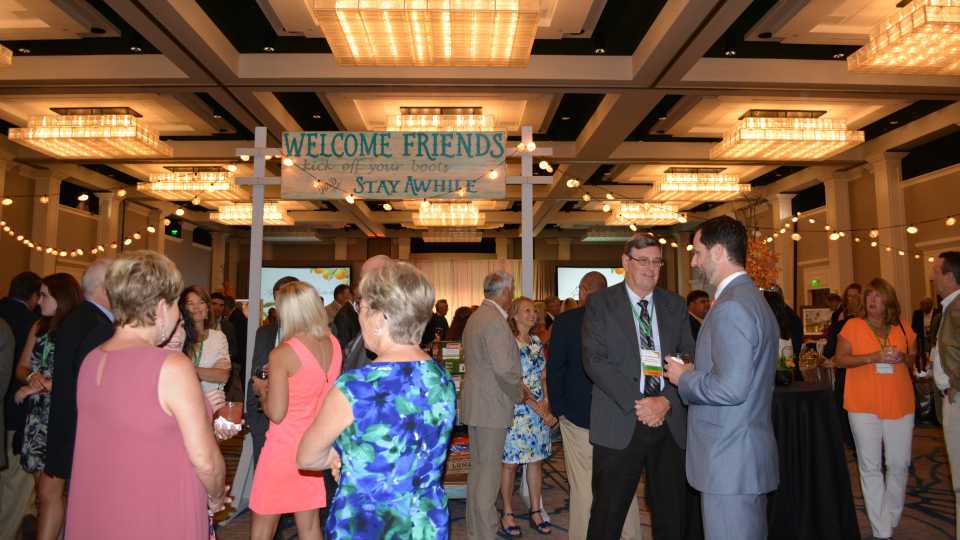
Prior to the Industry Banquet and Citrus Achievement Award ceremony, attendees of the 2016 Florida Citrus Industry Annual Conference mixed and mingled at the evening's reception.
Photo by Paul Rusnak -
12 of 16
Speech, Speech!
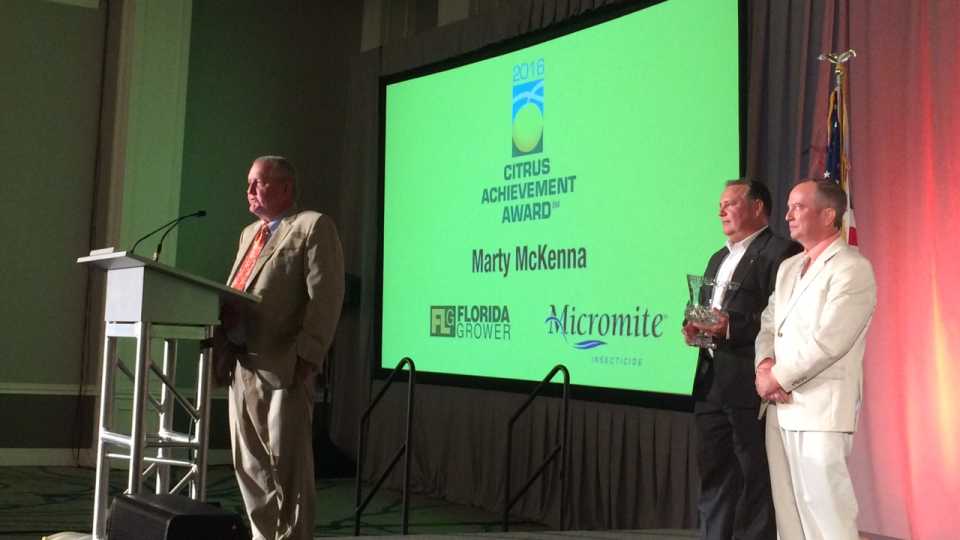
2016 Citrus Achievement Award winner Marty McKenna delivers his acceptance speech at the Florida Citrus Industry Annual Conference Banquet. Behind him [from left] are Shaun Yule representing Citrus Achievement Award sponsor Arysta LifeScience and Frank Giles of Florida Grower magazine.
Photo by Paul Rusnak -
13 of 16
A Rewarding Experience
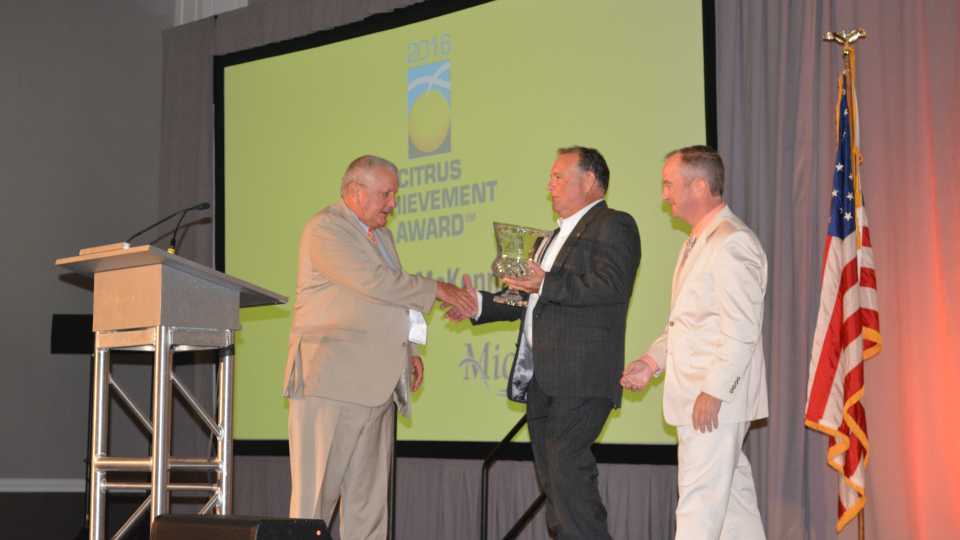
Marty McKenna [left] receives hearty congratulations from Shaun Yule of Arysta LifeScience and from Frank Giles of Florida Grower magazine.
Photo by Paul Rusnak -
14 of 16
Quite The Juggling Act
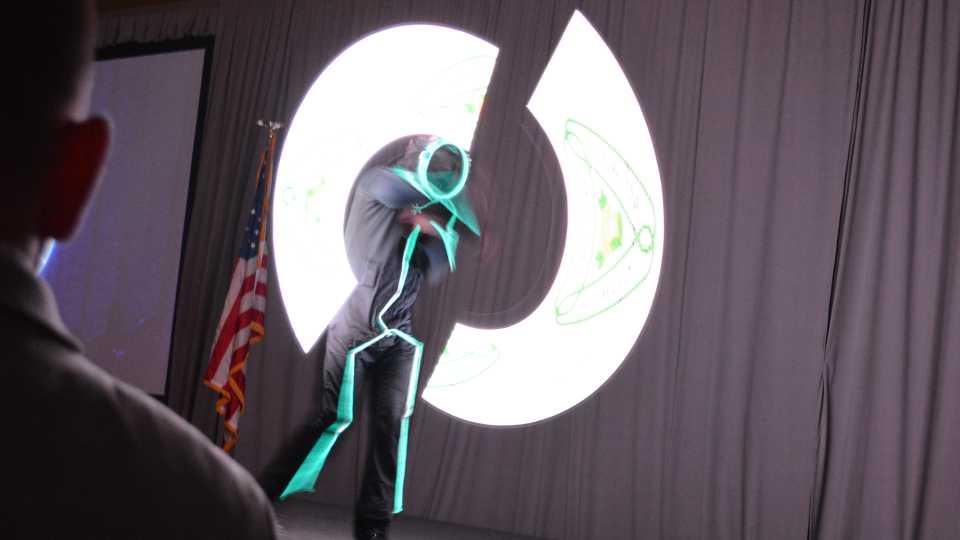
Florida Citrus Mutual always does a nice job in choosing post-meal entertainment for the Industry Banquet. Former "America's Got Talent" contestant and out-of-this-world juggler Charles Peachock wowed the crowd with his high-energy act.
-
15 of 16
To The Victor ...
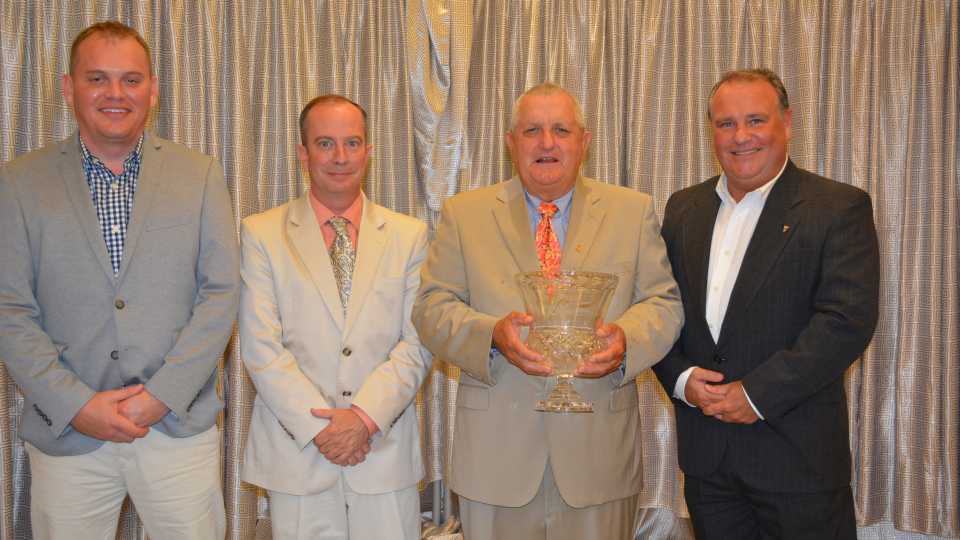
[From left] Chad Gillyard, Associate Publisher of Florida Grower magazine; Frank Giles, Editor of Florida Grower; 2016 Citrus Achievement Award winner Marty McKenna; and Shaun Yule of Arysta LifeScience pose for a post-award ceremony picture.
Photo by Paul Rusnak -
16 of 16
Strength In Family Support

A fine tradition continues. 2016 Citrus Achievement Award winner Marty McKenna poses for a post-ceremony photo with his family.
Photo by Paul Rusnak
View all
Squeezing In
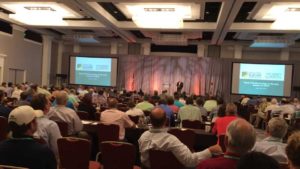
Bactericides Knowledge Now
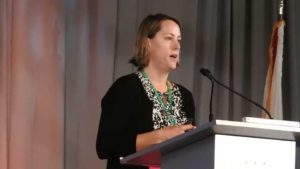
Taking On Transgenics
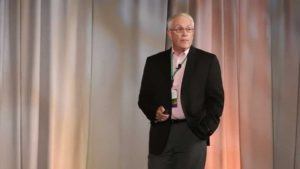
Testimonials From The Field
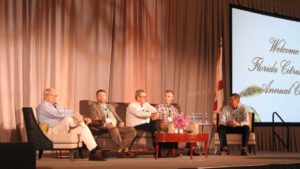
A 30,000-Foot View
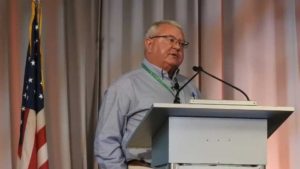
Turning Up The Heat

A Proactive Approach
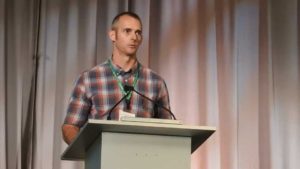
Planting Incentives Aplenty
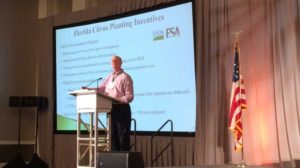
Let's Dig In
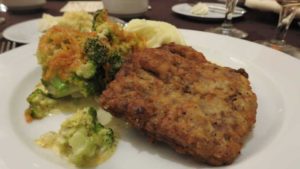
Food For Thought From The Commish
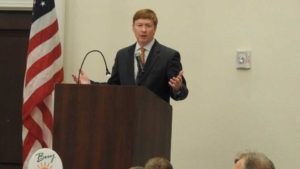
Let's Party!
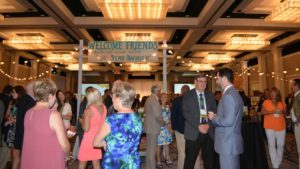
Speech, Speech!
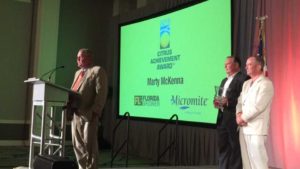
A Rewarding Experience
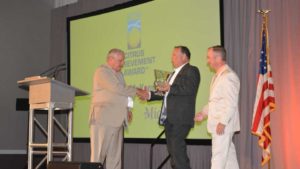
Quite The Juggling Act
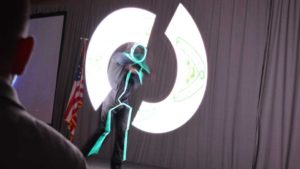
To The Victor ...
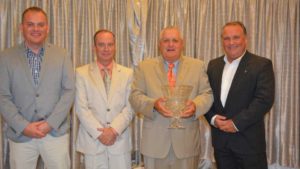
Strength In Family Support
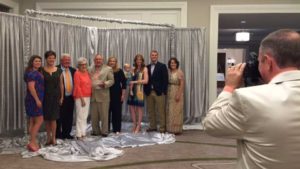
Two years ago at the Florida Citrus Industry Annual Conference, attendees of the education session were worked into a lather by Premier Citrus President Tom Jerkins, who led the chant, “We need bactericides now.” Recalling that moment at this year’s Florida Citrus Industry Annual Conference, one can’t help but be impressed about how much the industry has fought and how far it’s come in making that memorable vocal demand a reality.
Made available via a crisis exemption in March, bactericides were definitely top of mind for those in attendance at the latest edition of this signature gathering in Bonita Springs. Instead of clamoring for the chance to use the crop protection tools, growers now are seeking next steps and guidance around the steep learning curve ahead of them.
“I didn’t think two years ago we’d now have three [bactericide] products (FireLine 17 WP, FireWall 50 WP, and Mycoshield) in growers’ hands,” commented Harold Browning, COO of the Citrus Research and Development Foundation (CRDF), to attendees in the education session.
Browning’s CRDF colleague, Dr. Stephanie Slinski, led a presentation discussing ongoing and new research projects vetting bactericides, which probe if oxytetracycline and streptomycin are enough. Three areas of focus Slinski mentioned are discovery, delivery, and field efficacy.
Research field crews are being sent into groves to evaluate differences in myriad criteria involving application, varieties, adjuvant options, etc. The intention is to have a large data pool of what works and what does not, Slinski said.
As far as early expectations of bactericides, Slinski said she was most confident in being able to spot differences in disease severity. “If you have good control data, then you’ll have some indication,” she noted.
There is hope that in the coming weeks, EPA will expand access to bactericides beyond the section 18 crisis exemption.
Scroll through the photo gallery above for more highlights from the 2016 Florida Citrus Industry Annual Conference, including the Citrus Achievement Award ceremony.
With the latest responses from EPA actually expediting quicker than normal wait times (11 months), Ricke Kress of Southern Gardens Citrus, who is on the front lines of bringing transgenic citrus to fruition, said he was confident the message of urgency is being delivered to regulators. “The agencies in D.C. know how bad the situation is, and they are working well with us.”
With more time and money invested in this specific area of research, including further testing how the citrus tristeza virus could be used for beneficial, disease-resistant purposes, Kress said there could be biotechnology commercially available to the citrus sector in as little as two to four years. However, consumer approval is a major obstacle ahead. The takeaway message from Kress focused on Florida’s continued commitment to leadership in citrus production. “Nobody can compete with us on quality,” he said. “It’s up to us to finish the job and move forward.”
A critical part of the future is to put new trees in the ground. Mike Sparks, Executive VP/CEO of Florida Citrus Mutual, put a cap on the educational session discussing planting incentives. Several encouraging pieces of legislation, especially a proposal on expense methods for tax purposes could be a “home run,” according to Sparks. “Tree, labor, and land preparation costs could be expensed in the first year incurred,” Sparks said. “I’m optimistic this will get passed.”
Despite the potential in new technologies and planting incentives, Sparks parted by painting a picture that puts into perspective how much work still needs to be done. “We need 20 million trees to be re-planted to reach our pre-HLB production levels.”
Subscribe Today For

Paul Rusnak is the Senior Online Editor for Meister Media Worldwide's Specialty Crops Division, which consists of American Vegetable Grower, American Fruit Grower, and Greenhouse Grower magazines, all Meister Media brands. He is based in Northeast Florida. See all author stories here.






